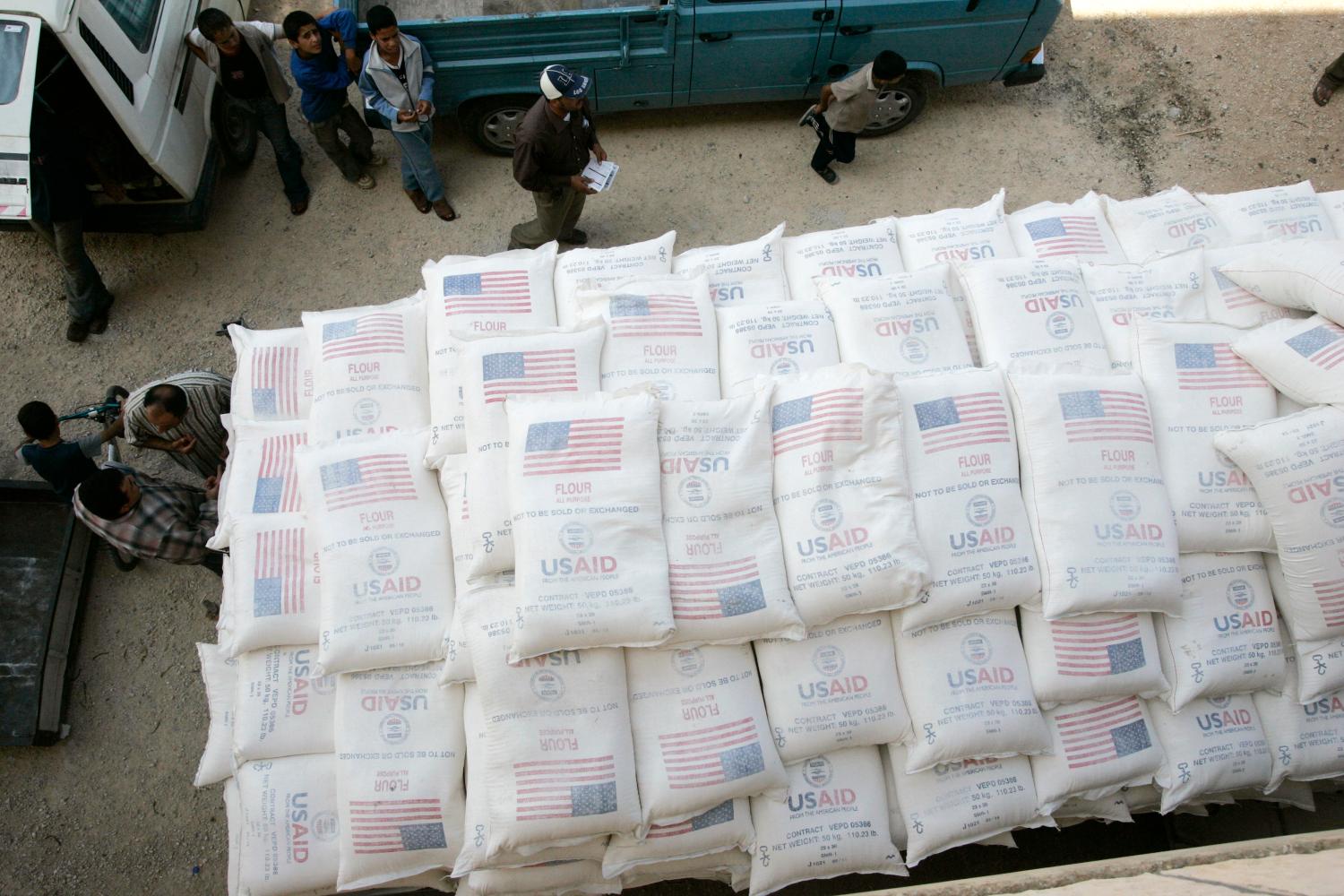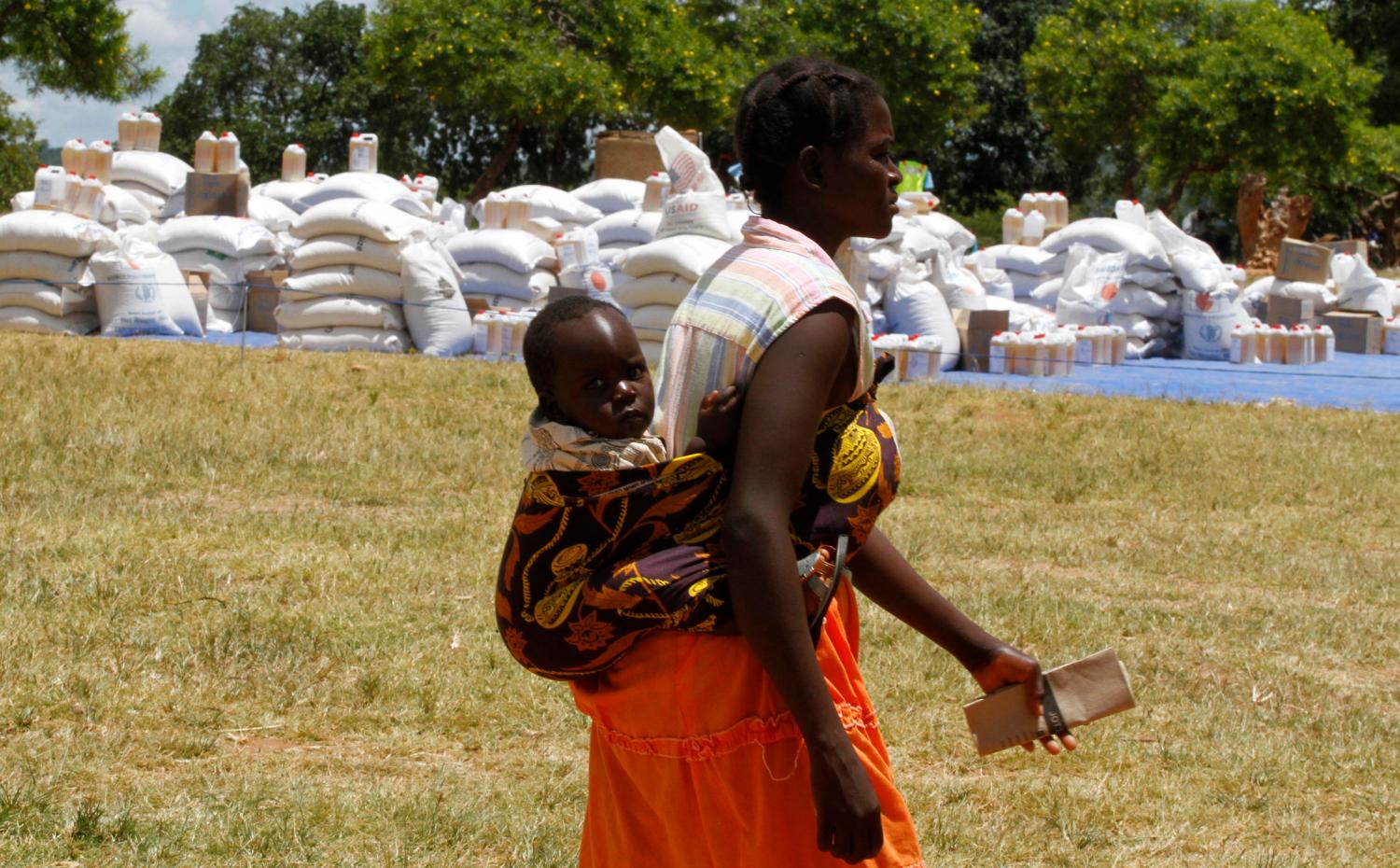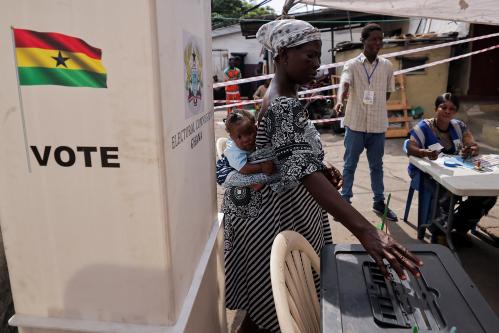“I think everyone in the room knows that this is a moment of extraordinary progress. Over the last 30 years, extreme poverty has been cut in half… When USAID was founded more than 50 years ago, donor governments were responsible for nearly three-quarters of all finance flowing to the developing world. Now we account for less than 10 percent.”
U.S. Agency for International Development Administrator Gayle Smith, March 20161
These remarks made by the head of the world’s largest bilateral aid agency capture two of the defining trends in global development of the past several years. Together, these trends imply a diminishing role and need for foreign aid.
In fragile states, however, neither of these trends is apparent. The stunning reduction in the number of people worldwide living under the extreme poverty line—from 1.8 billion in 1990 to 800 million in 2013—can be entirely attributed to stable countries. The total number of extremely poor people living in fragile states rose over the same period.2 Similarly, international capital flows into fragile states look remarkably like the era that we are meant to have left behind. In 2012, the median fragile state still relied on aid for 50 percent of its foreign capital, the other half being made up of non-concessional loans, investment, and remittances. In other developing economies, aid represented only 10 percent.3
This is the crux of the argument behind calls to reallocate aid away from stable countries and toward fragile states: Unlike stable countries, fragile states continue to face urgent development needs and are at risk of being left behind. The U.K. government and the World Bank, the leading bilateral and multilateral donors in the global development community, have recently set targets to increase the share of their aid devoted to fragile states.
However, there remains a profound ambivalence about aid’s efficacy in these places. If development outcomes are driven by countries themselves rather than by outsiders, how much can aid realistically achieve in situations where partner governments are unable or unwilling to govern effectively? Even advocates of aid to fragile states are unlikely to argue that aid can dramatically improve how governments govern. Furthermore, aid-giving in fragile states seems especially vulnerable to causing unintended harm. One of the greatest criticisms of aid, forcefully made by Nobel Laureate Angus Deaton, is that it undermines the social contract that holds countries together by inserting donors into the relationship between states and citizens. In fragile states, a relationship that is already an Achilles heel risks being made weaker.4
These are valid concerns that cannot easily be argued away. Yet the evidence for aid’s impotence in fragile states is notably flimsy and has not stood the test of time. First, in the late 1990s and early 2000s a series of influential papers used cross-country growth regressions to show that the impact of aid was conditional on the quality of the receiving country’s policies and institutions—a damning result for fragile states where the quality of policies and institutions are lacking.5 But, in the following years, a much larger series of papers poked holes in the methods of this earlier research and discredited its results.6 Second, at the same time that these earlier findings were being taken seriously, the World Bank reported that the share of its projects in fragile states receiving unsatisfactory evaluations was double the share in stable countries. But when projects over the subsequent decade were evaluated, that difference vanished. The recent portfolio performance of the U.K. Department for International Development and the Global Fund in fragile states has been similarly favorable.7 As for aid’s capacity to unintentionally cause harm, some well-documented cases exist, as well as an emerging literature on aid’s incitement of conflict in certain conditions.8 But, to the extent that it can be measured, there is little evidence of any systematic negative effect of aid on recipient institutions.9
One upshot of these conflicting narratives is a focus on the operational aspects of aid giving. So long as donors are engaged in fragile states, they face a responsibility to ensure they are delivering aid as effectively as possible—a responsibility that is arguably more critical in fragile states, where aid’s usefulness is especially contested, than in other settings. Improving the operations of donors in fragile states offers a practical response to concerns regarding aid’s potential to do harm. It is these practices that are the focus of this paper.
Download the full report »
-
Footnotes
- USAID 2016
- Calculations based on a static classification of fragility, applying the World Bank’s 2015 classification retrospectively over the past 25 years. The same result is found applying the OECD’s 2015 classification although the rise in the headcount is more modest. Some fragile states have seen their poverty headcounts fall over this period, but this is canceled out by others whose headcounts have risen. See discussion on the limits of applying an ex-post classification retrospectively in Roesch 2014.
- Calculations based on Development Initiatives 2016, using the World Bank’s 2015 fragile states classification. Applying the OECD’s 2015 fragile states classification, aid represented 43 percent of international capital for the median fragile state.
- By contrast, others have stressed the potentially transformative effect of aid in fragile states where fragility is conceived of as a low-level equilibrium. See Andrimihaja et al 2011 and Ravallion 2013.
- Burnside and Dollar 2000; Collier and Dollar 2002
- Roodman 2007 among many others
- Chandy 2011; Hellman 2013
- Strandow et al 2016; Nunn and Qian 2014
- Jones and Tarp 2016
The Brookings Institution is committed to quality, independence, and impact.
We are supported by a diverse array of funders. In line with our values and policies, each Brookings publication represents the sole views of its author(s).





